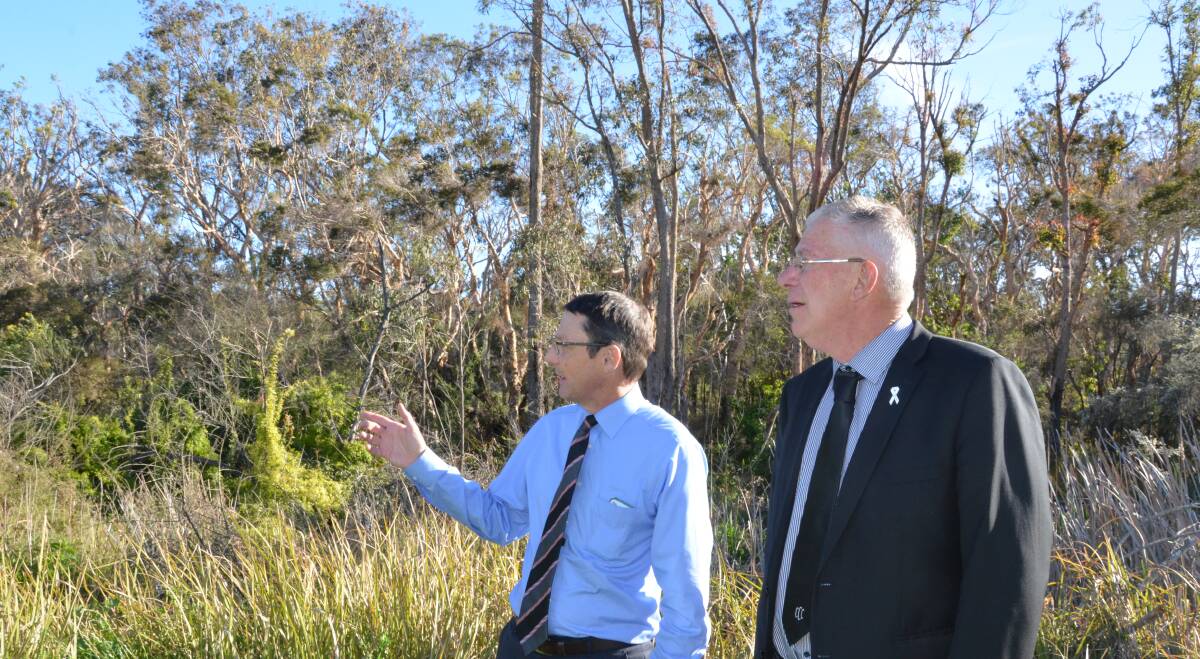
The flying foxes have all but left East Cessnock – for now.
Subscribe now for unlimited access.
or signup to continue reading
But residents may have to suffer through another summer with these unwanted neighbours while a plan is put together to manage the bat camp.
Cessnock City Council has received a total of $25,000 for the plan, which is expected to be complete by April.
Bats have taken up residence on a parcel of Crown land in East Cessnock each summer for the past five years or so.
Last summer the colony tripled in size to approximately 30,000 – causing grief for nearby residents with noise, smell and mess.
The bats spread across Old Maitland Road into a council reserve at the end of Anzac Avenue, and into bushland on the opposite side of Maitland Road towards Neath – and some hung around into the winter months.
The site was lit on fire four times in the space of two weeks in May.
Hundreds of trees in the area have been almost stripped bare and while the bats appear to have gone west for the winter, they could be back within a number of weeks.
Council received a $15,000 NSW Government grant on Wednesday to help prepare a management plan for the flying fox camp – on top of the $10,000 it received from the Office of Environment and Heritage in May.
If the council adopts a camp management plan, it will be eligible to apply for further funding to implement measures as part of the plan under the Flying Fox Grants Program.
The NSW Government announced in June that $1 million in grant funds would be available for councils to prepare and implement flying fox camp plans of management where there were significant community impacts.
Parliamentary Secretary for the Hunter Scot MacDonald inspected the East Cessnock camp in June this year and made representations to environment minister Mark Speakman after his visit.
Mr MacDonald said the council can consider a range of options in its plan to manage flying foxes (which are a protected species in Australia).
These options include vegetation trimming or removal to create buffer zones or, as a last resort, the council could apply to disperse the camp.
Cessnock Mayor Bob Pynsent welcomed the support of the State Government on an issue that continues to concern the community, particularly those residents living directly adjacent to the camp.
“This additional funding is crucial to the establishment of a plan that will guide actions to mitigate impacts of flying-foxes on the community,” Cr Pynsent said.
The plan will help build on council’s community survey Flyingfox Engage, which is open for comment until October 17.
Cr Pynsent said all responses from the survey will be considered as a key part of the management plan.
The survey can be taken at flyingfoxengage.com/eastcessnock.

